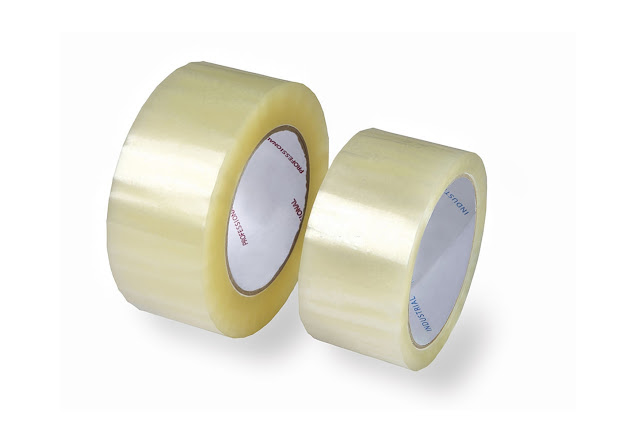Guide To BOPP Tapes - Advantages And Uses
BOPP tapes, also known as BOPP film, is a highly versatile and useful adhesive tape with an unusually wide range of uses. They are made of polyethene and have a rubber-based adhesive, making them highly resistant to water. Unlike duct tape, the adhesive is not permanent, meaning the tape can be removed from most surfaces without leaving any residue. This makes BOPP tapes ideal for temporary fixes or for situations where objects will be moved frequently—you won't have to worry about your shelf falling down after the tape comes off. In addition to being removable, the tape can be written on and printed on using conventional printers. The smooth surface doesn't leave any residue when it's ripped off, so old labels can be peeled off without damaging the surface underneath.
There are two main types of BOPP tape available: BOPP Film Tape has a high-gloss finish and comes in clear and opaque colors. The clear variety is most commonly used for packaging; the opaque colors make for easy labelling of containers.
BOPP Adhesive Tape has a matte finish and comes in many different colors. It's often used for general purposes; its low tack number means it can be repositioned easily and still stick well where you want it to.
BOPP Tapes are one of the most versatile products in our line. The paper-based tape is easy to apply and can be used for a variety of purposes. Because BOPP paper is so thin, it is almost invisible on any surface and, therefore, can be used in multiple applications without altering the look of a product.
BOPP tape has many uses, including:
- Taping down cords when using floor coverings with high piles (such as rugs) or other areas that require a smooth surface.
- Securing wires in place to prevent tripping or damage.
- Taping down loose papers.
- Taping together papers to be stapled or stitched.
- Sealing documents against moisture and dust.
- Repairing holes in paper or cardboard boxes.
- Preventing rust on metal surfaces.
BOPP tapes are also extremely durable and often last longer than the items they are protecting!
BOPP tapes are a type of double-sided, adhesive tape that has been used in the fashion industry for decades. The tapes have become popular recently among stage performers who seek to augment the illusion of levitation.
The tapes are meant for use on glass surfaces and, when aligned correctly, allow the user to create a surface with the appearance of no friction so that items can seemingly float and glide along its length. The tapes can be applied on both sides of any glass surface, allowing users to create an endless number of linear surfaces that can be used to create illusory effects.
When applied correctly, the tape utilizes tension between two points on a glass surface to allow an object to appear as if it were being suspended within the space between them. The illusion is only effective if the object is placed at or below eye level. The low energy required in creating this effect makes it very apparent that there is no trickery involved—the object appears to be suspended along a transparent strip of glass.
We've all probably seen BOPP tapes around. They are used in many applications, whether it be sealing a box or making splices between cables. But how many of us actually know what BOPP tape is? Or when should it be used?
BOPP tape is technically known as dielectric tape, and the brand name Dielectric is the most common term used to refer to this particular type of tape. It is named after its inventor, Fredrick BOPP, who created the product in 1902.
Flexible BOPP tape has a wide variety of uses, ranging from permanently insulating cables or wires to temporarily covering small holes and cracks for insulation purposes. Thanks to its versatility, it can also be used for sealing boxes as well as other small packaging jobs, such as sticking paper or cardboard together.
Boards and panels can often crack or develop gaps that need filling to ensure the insulation properties of any given material are maintained. This is where BOPP tape steps in. It can hold two boards or panels together while ensuring that no air passes through the gap between them.



.jpg)
Comments
Post a Comment